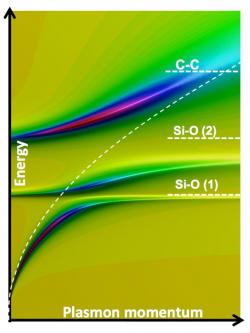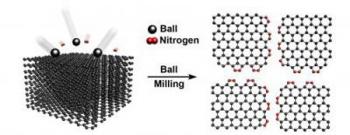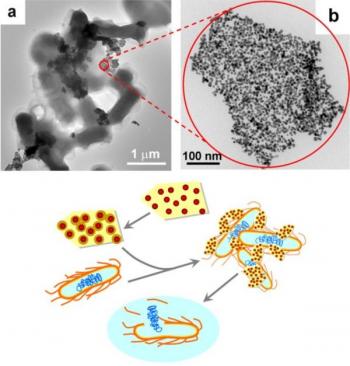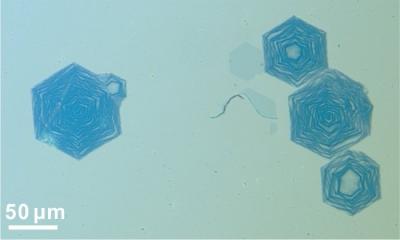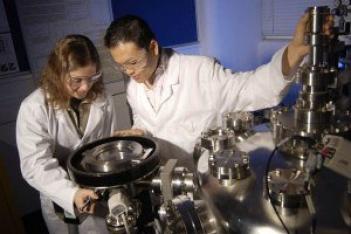New research finds that graphene is actually hydrophilic, but hydrocarbon contamination makes it hydrophobic
Graphite and Graphene are considered to be hydrophobic materials - which means that they repel water. However, according to a new research performed at the University of Pittsburgh, it turns out that those materials are actually hydrophilic - attract to water. They say that when graphene is exposed to air, a thin layer of hydrocarbon (a compound made entirely of hydrogen and carbon) contaminates its surface and makes it hydrophobic.
But graphene itself, without that layer is hydrophilic. The team confirmed this when they used heat to remove the layer. They say that past samples used by researchers around the world were probably always "contaminated" with hydrocarbon as the contamination happens quickly - within 10 minutes of exposing the graphene to air.
